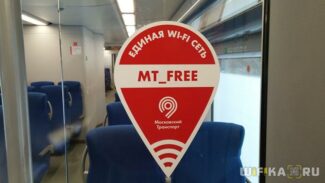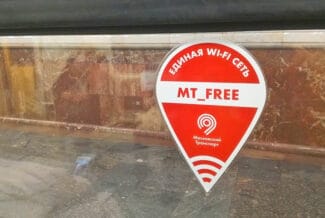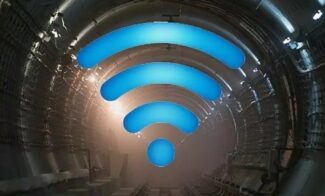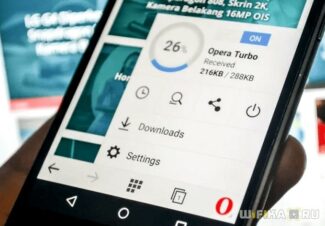These difficulties made us together with our colleagues from Radio Gigabit company in Nizhny Novgorod to conduct research and develop unique methodology of radio planning in tunnels which is based on simulation (mathematical modeling) of channel and system level of transport radio network in tunnels and in open sections. In new projects we are no longer guessing, but know exactly how to place equipment to get the given channel characteristics.
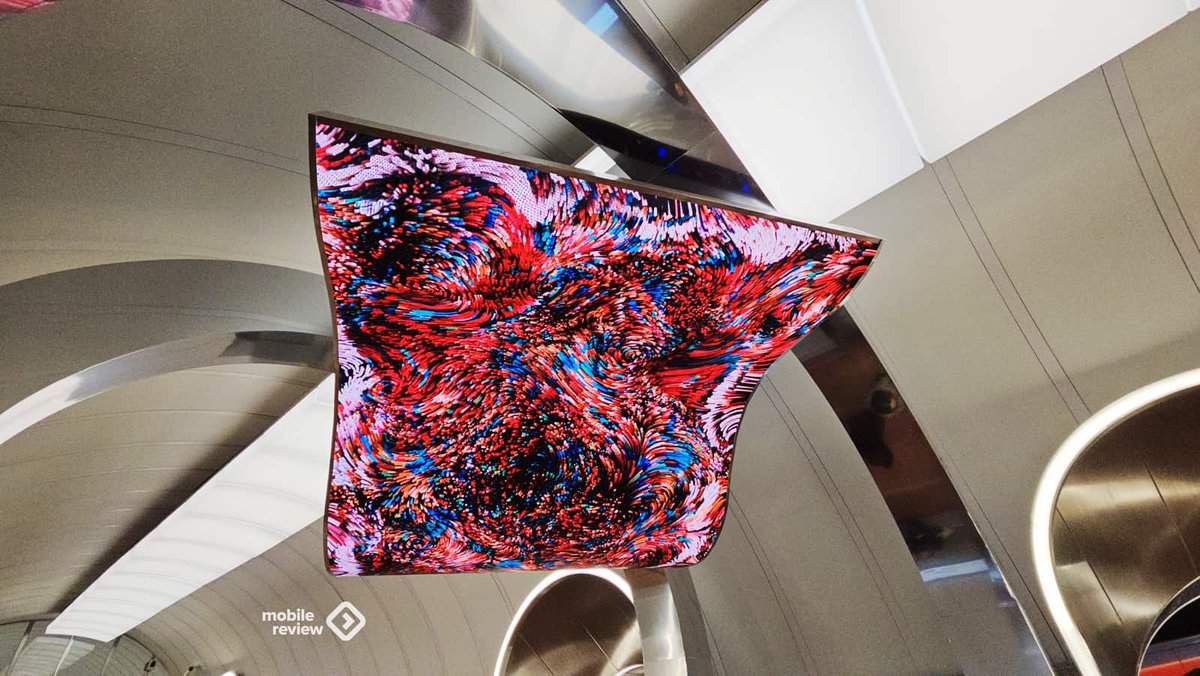
Moscow subway and communication at new BCL stations. Private 5G from MTS
In Moscow, the Great Circle Line was officially opened, and on the subway map it is marked as number eleven. The stations were built not a year, a large part of the line was launched in previous years, but on March 1 the ring was closed. Now the full ring length of 70 kilometers is thirty-one stations. It will take you about an hour and a half to make a complete circle.
The nine new stations that opened their doors on March 1 got full coverage from cellular operators, and the speeds for most are very, very good. Why the subway is an ideal case for building networks, we discussed the other day in Biryulki.
Turtles #735. The Great Circle Line and mobile communications
Subway communication and why the subway is interesting for operators; VPN from Russian officials – a senseless undertaking; Huawei breakdown and passions from fans, hands off the saint; the smart watch market in 2022; a book about the Internet and its problems
Not to repeat what I said there, I went to look at the new stations, to study the quality of communication in practice. I dived into the subway near the Moscow Zoo and took the radial line to the Polezhaevskaya station, there you can transfer to the eleventh line. As soon as I got there, I started looking for signs on how to get to "Rizhskaya". So far, there are no such signs, only on the loudspeaker at the radial, they say that the transition to the BCL is in effect.
I decided to measure my speed at I decided to measure the speed at "Polezhaevskaya".The station has been open for a long time, and there should be some good internet here. Here's what I got for Beeline.
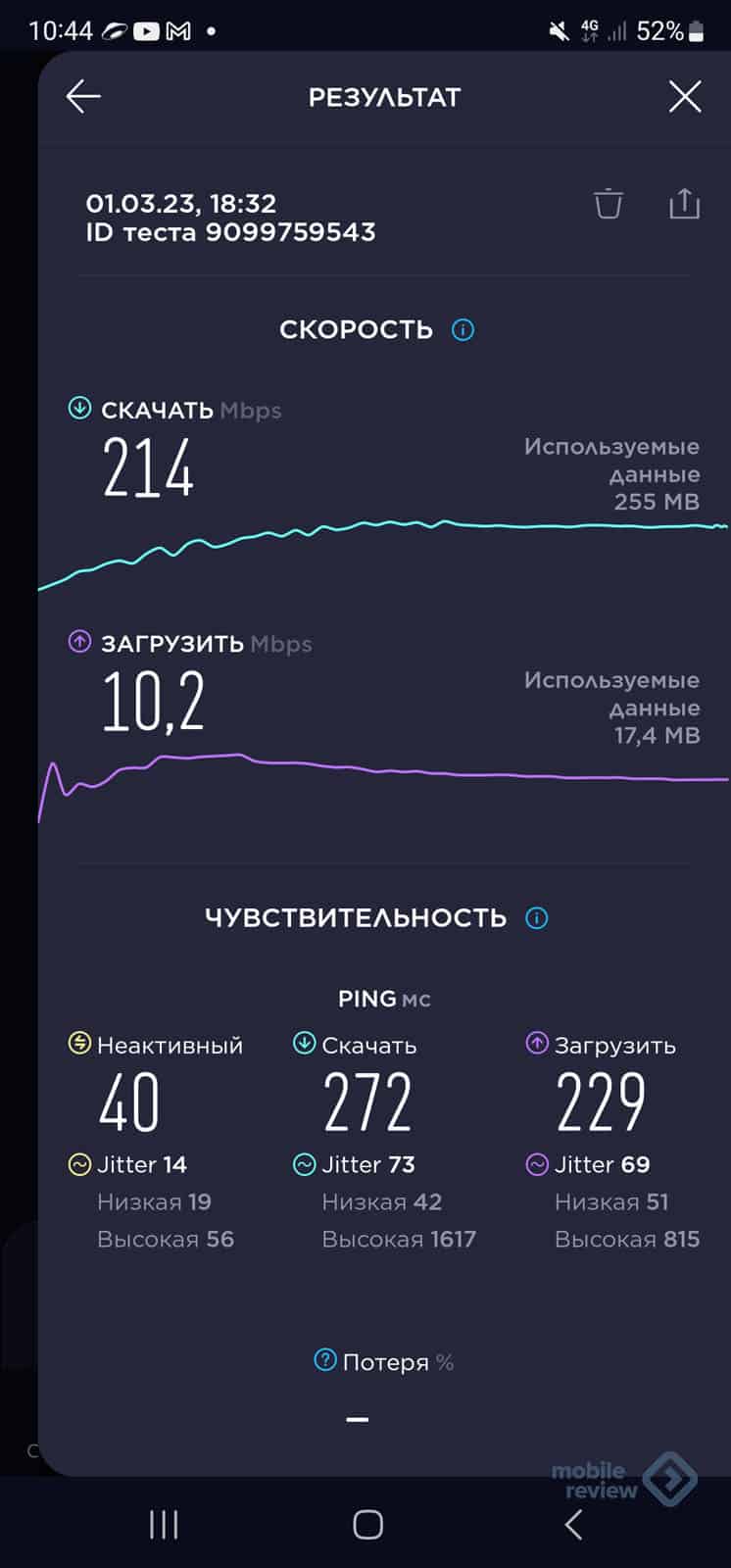
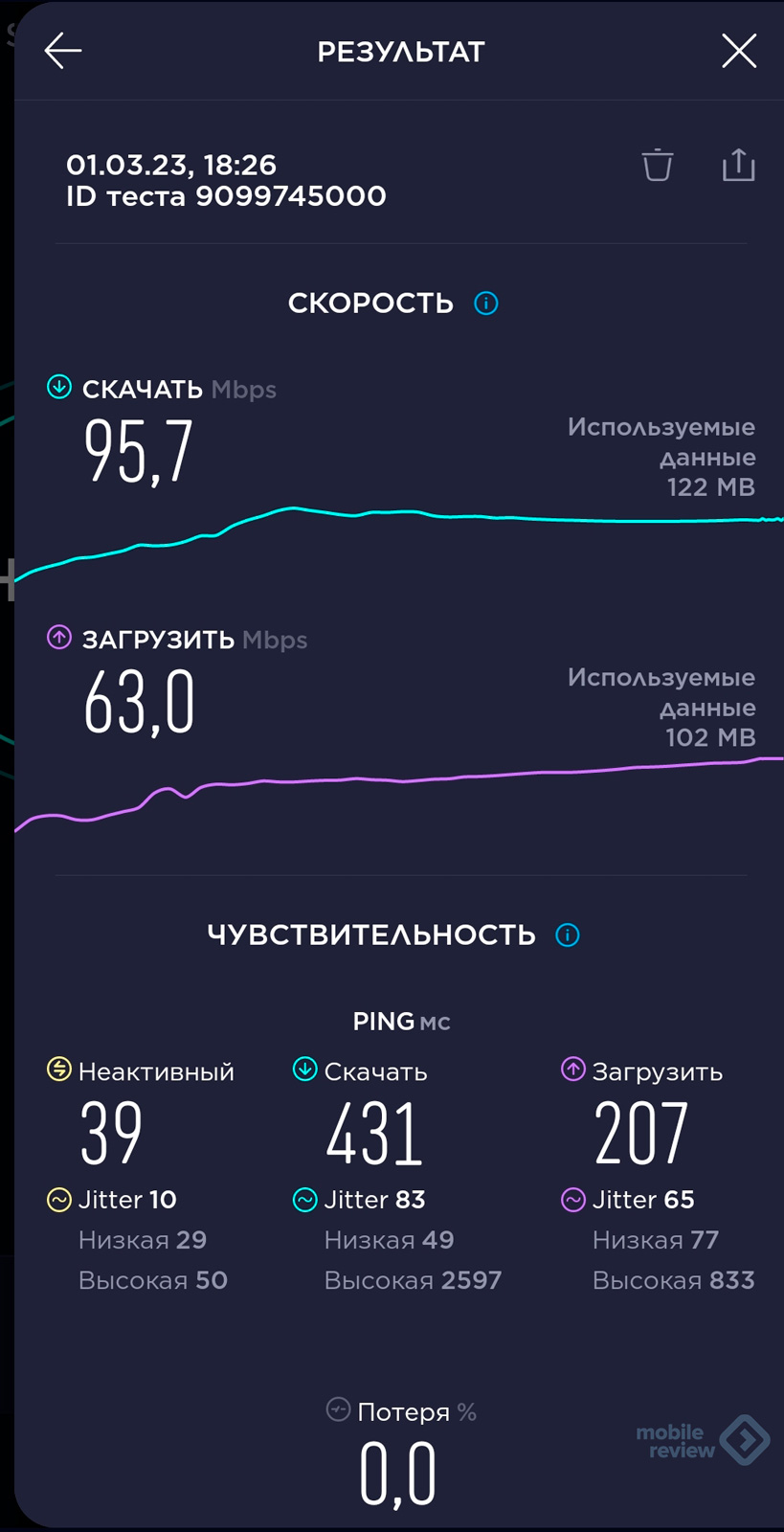
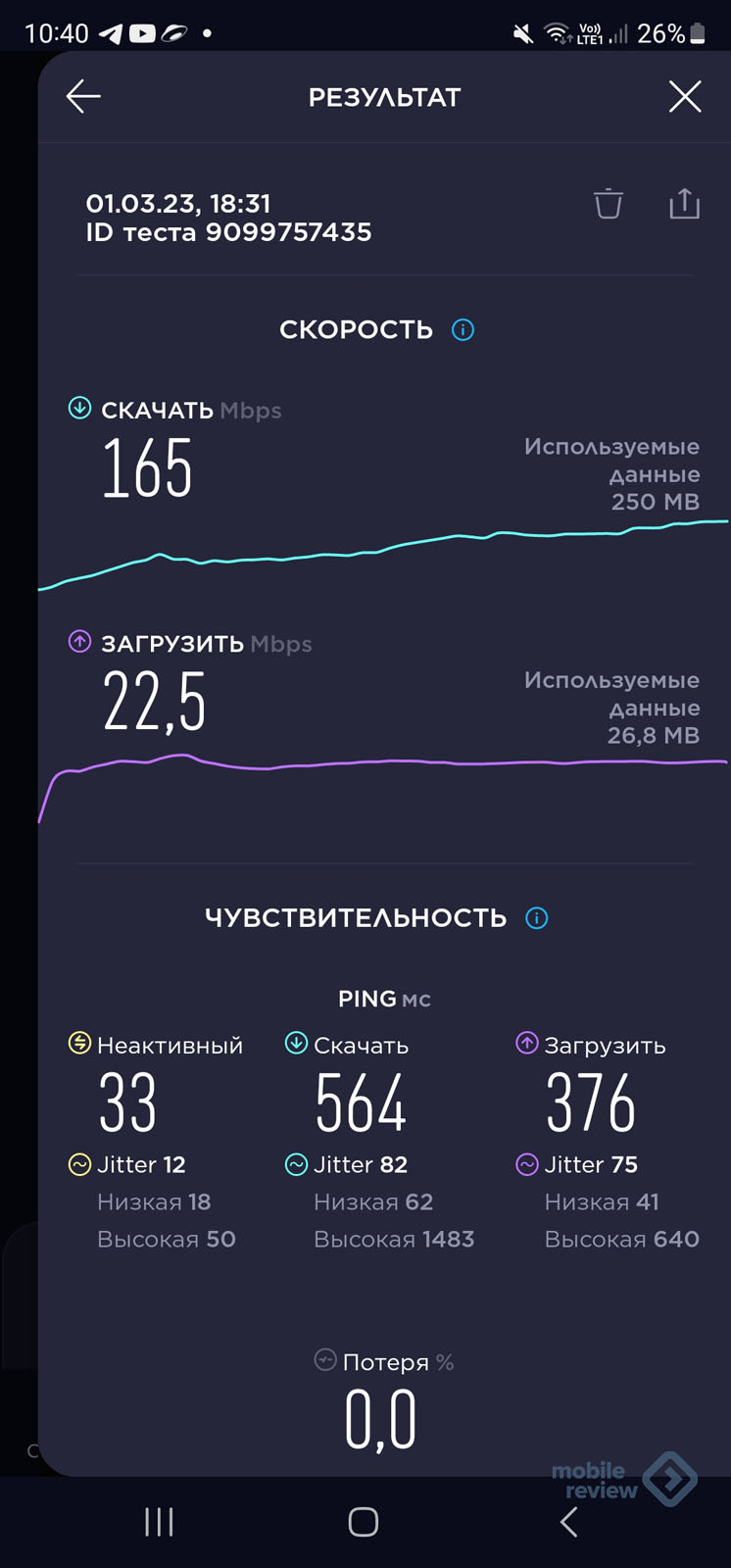
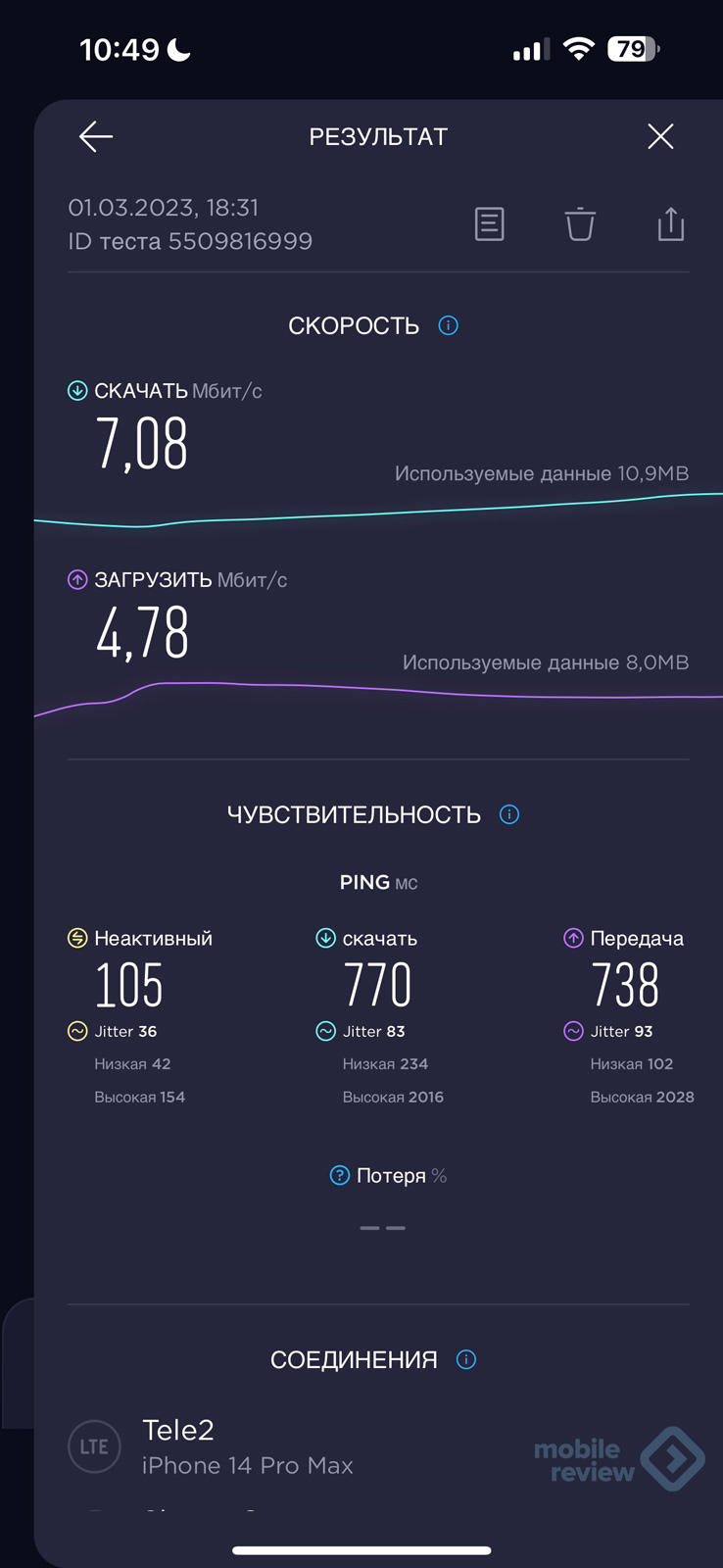
I have measured several times and here are the best results. For Tele2 I used an iPhone 14 Pro Max, all other operators were on flagships from Samsung, there is no difference in radio part between them. None of the SIM cards had any priority from the network, but it should be understood that each of the operators gives that priority to the SpeedTest, so this is the maximum speed possible. But it is also interesting to us, because it shows the speed in the jump, you still can not get more – both with or without priority.
Getting ahead of myself, I should say that Tele2 was disappointing, the connection speeds were always much lower than those of direct competitors.
Leaving "Polezhaevskaya", I deliberately chose rush hour, so that there would be as many people as possible, then I could better assess the load on the networks. The train goes as far as "Savelovskaya," but there it is terminal, it goes to the depot. The driver informs us that another train will come, and it will go through the ring. There is a countdown on the scoreboard, our train arrives in a couple of minutes.
Network architecture.

Each base station on the train route is connected to the switching nodes located in the subway offices, using a dedicated fiber optic network. Uninterrupted power supply to base stations is also arranged with the help of equipment installed in these switching nodes.
The architecture of the fixed data network does not differ from the typical architecture of telecom operators. It is a "double star" with geographical redundancy of communication channels and key equipment. The network has several links with backbone carriers, with a total bandwidth of more than 60 Gbit/s.
The network equipment on the access level (switches, into which the base stations are directly connected), aggregation level and also the core is represented by Cisco switches and routers.
The base stations are connected to the switches using WDM technology to save fiber (i.e., one fiber at different wavelengths simultaneously receives and transmits data). The access switches have two geo-redundant uplinks (the Fibre Channel cables are physically located in different tunnels) to the aggregation switches at 1 Gbit/s each. Those, in turn, are connected via geo-redundant links to the core switches, but already with 10 Gbit/s interfaces.
Houston, we are in trouble.
- withstands severe operating conditions in the tunnel (suspended metal dust and machine oil) and on the rolling stock (sharp temperature fluctuations and vibration);
- that meet Metro requirements (use non-flammable materials, comply with the electromagnetic compatibility requirements, operate from non-standard power sources)
- Has the necessary functionality for the network.
We could not find a power supply unit with such parameters at a reasonable price, and the cost of suitable variants made the project impractical.
Here we were helped by a company from Novosibirsk "Sibkontakt". Our colleagues made a power supply unit for our requirements, which we successfully tested and subsequently used in all trains. The devices were very reliable, inexpensive, and the supplier managed to produce the required quantity in a few weeks, not months, as it usually happens.
We also encountered with a non-standard power supply in the tunnel. – a two-phase, 127-volt mains supply. It's not possible to power single-phase 220V equipment from it, so we laid new cables from our own power supply sources, installed in the stations' technical rooms. It increased the reliability of the network, because we used uninterruptible power supplies and automatic transfer mechanisms.

The variety of train types also caused a lot of difficulties. the variety of the train types.. It had an impact on the design of the local network equipment placement, which was colossal. Secondly, during the construction it turned out that almost all the trains, even of the same series and year of manufacture, were different. This is due to the fact that they were constantly upgrading and installing additional equipment. Such work was done separately for each train, and we equipped the train in a unique way each time.
How to use without ads?
Do you need to remove ads? Many people recommend just turning off JavaScript. I do not recommend doing so – many sites without it will work quite abnormally.
Metro has an official service to disable advertising – yes, it is paid, but if really need, then why not use? Moreover, only 99 rubles per month. I recommend that you endure, no one turns off advertising on terrestrial television, right? You get the service for free, and for that you'll spend some of your time watching ads. What else is there to do on the subway! Connecting is done through your account on the official website.
A quick way to skip the ads is to click on them, open a new tab and then use the Internet. Another option is to install applications on your cell phone. Above I have already given a list in the section "Auto-connection and Auto-entry".
How to disable charges?
All deductions are made from the bank card. Therefore, the easiest way to cancel them is to disable autopayments in Online Banking or at an ATM of your bank. This is the fastest way. Do it today, and nothing will bother you tomorrow. Instructions for different banks will vary, so I recommend researching how to disable autopayments yourself.
Read More:That's it. Here I have tried to review all the issues related to the use of wireless networks in the subway in Moscow and St. Petersburg. But if you have any questions or have something to share – be sure to leave your comments below this article. Let's solve the problems together!

